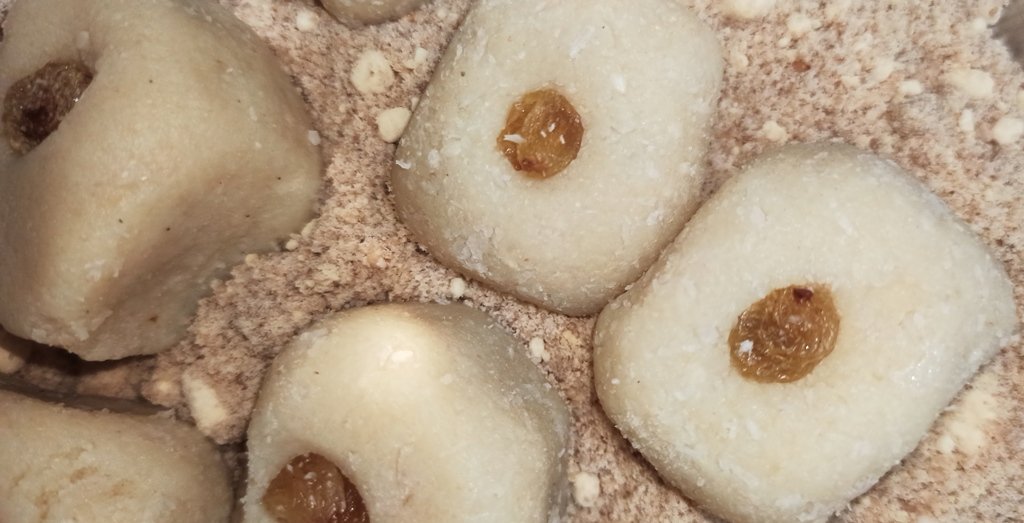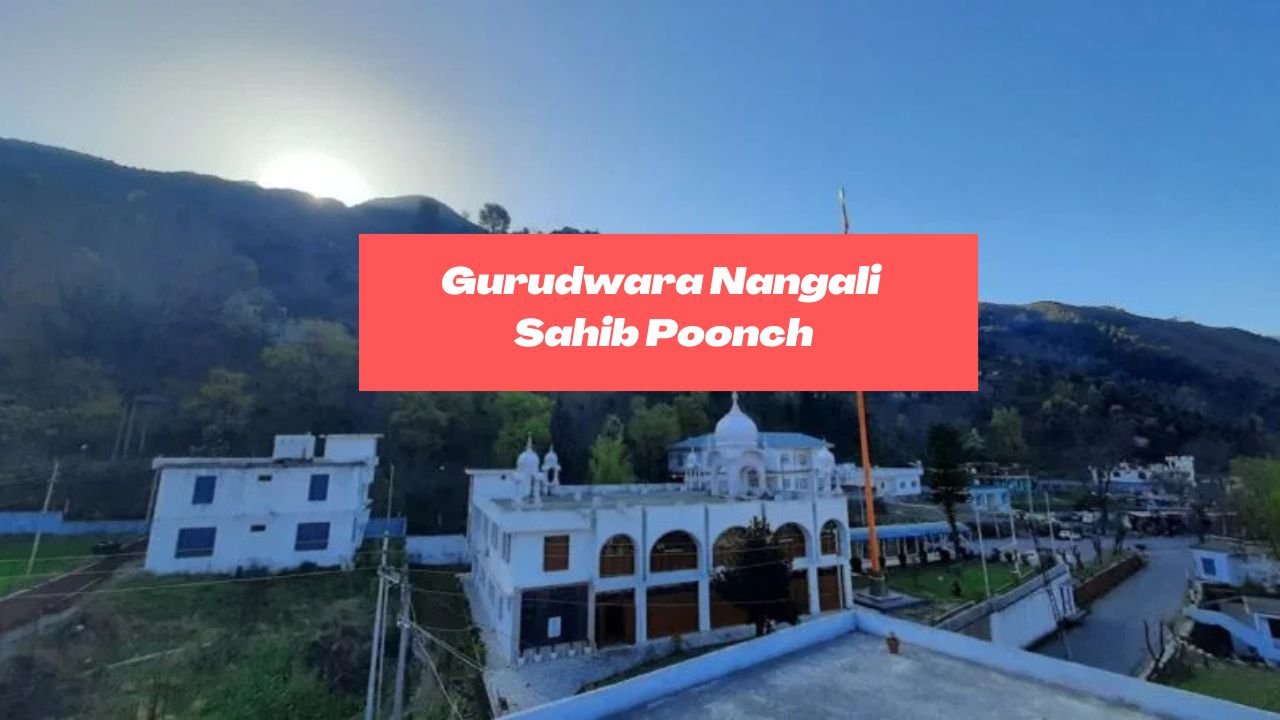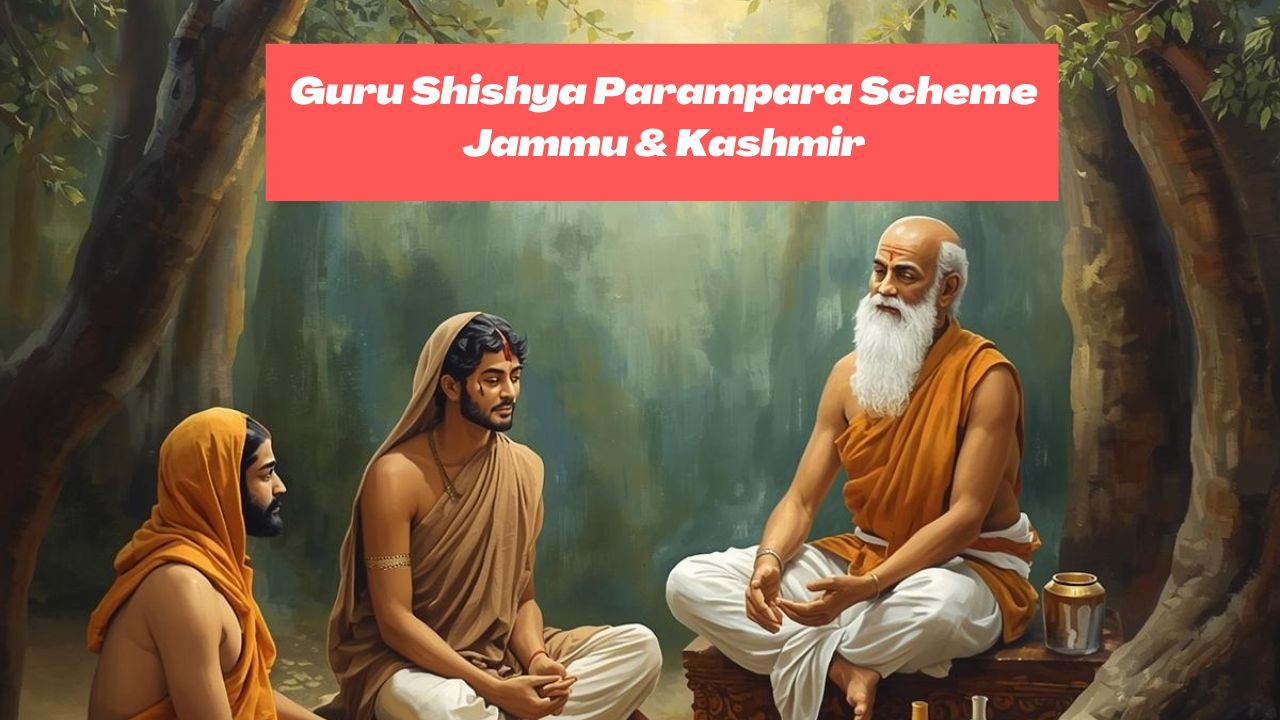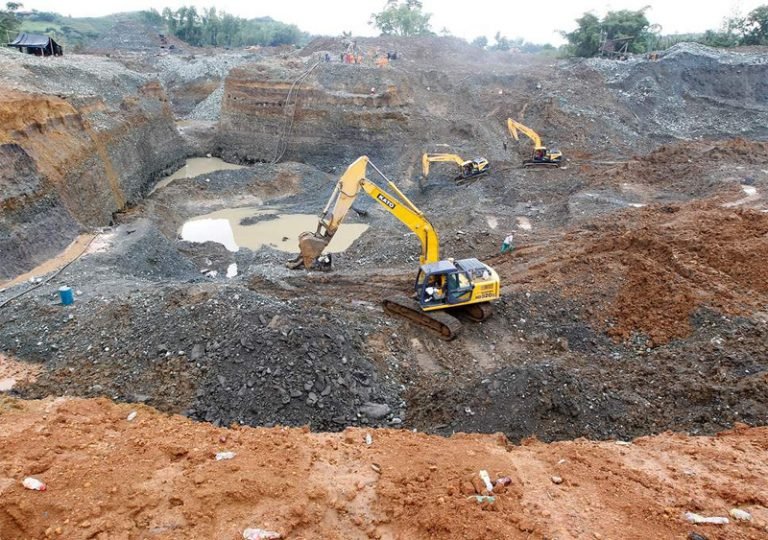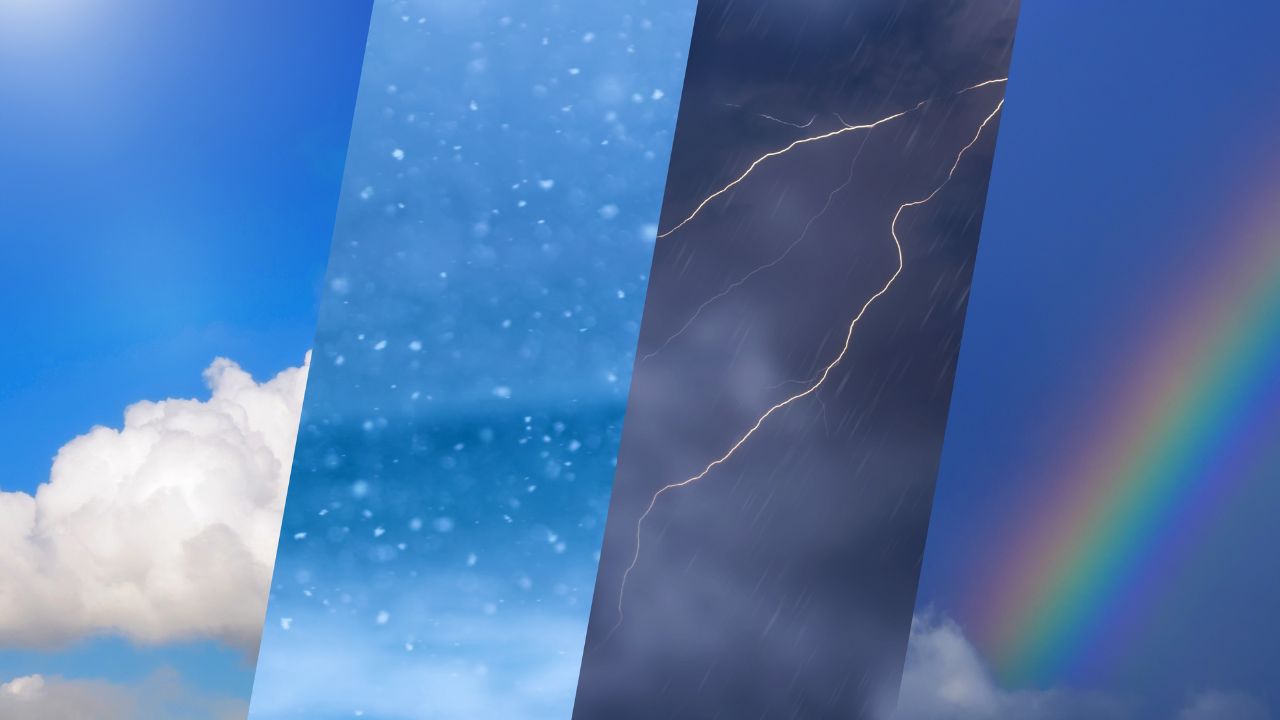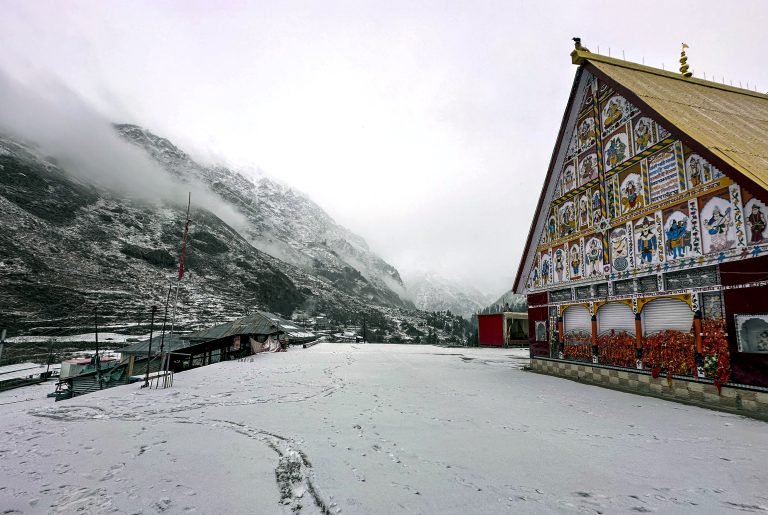Located around 120 kilometers from Jammu city and 42 Kms from Patnitop in Udhampur, Sudh Mahadev Temple stands as a remarkable spiritual landmark steeped in mythology, devotion, and ancient history. This sacred shrine lies in the southeastern direction of Jammu, near the historic region of Chenani, once the capital of a princely state founded in 770 AD by Raja Gambhir Chand, a 37th descendant of Raja Shishpal Chand of Chanderi, a figure mentioned in the Mahabharata.
Historical and Mythological Roots of Sudh Mahadev
The Legend of the Demon Sudh
According to local legend, the area around the temple was once terrorized by a demon named Sudh, who wreaked havoc on sages and commoners alike. In desperation, the people prayed to Lord Shiva, pleading for protection. Moved by their devotion, Lord Shiva unleashed His Trident (Trishul) with immense force, slaying the demon and piercing the earth so deeply that it reached Patala, the underworld.
In his final moments, the demon repented for his sins and revealed himself as a staunch devotee of Lord Shiva. Touched by his repentance, Lord Shiva forgave him and declared that the demon’s name would forever precede His own. Thus, the name Sudh Mahadev was born — a fusion of the demon’s name (Sudh) and the deity’s (Mahadev).
The Sacred Trident and Unbroken Flame
The original Trishul of Lord Shiva still stands within the temple complex, partially embedded in the ground. Towering at six feet high and six inches in diameter, it serves as a powerful symbol of divine intervention and justice.
Inside the temple, there also burns an Akhand Jyoti — an eternal flame first lit by Jogi Sarup Nath. The ashes from the sacred dhooni (fireplace) are never removed, adding to the spiritual atmosphere of the temple.
Raja Ram Chand and the Divine Revelation
In 1600 AD, Raja Ram Chand, the 32nd ruler of Chenani, decided to verify the legends surrounding the temple during his stay at Sudh Mahadev. He ordered his men to dig near the Trident to uncover the truth.
Divine Vision and Instructions
On the third night of digging, the Raja experienced a divine vision. He was told that:
- A piece of iron would fall from the Trident the next morning.
- A Saligrama (sacred black stone symbolizing Lord Vishnu) would emerge.
- A sword must be forged from the iron with mystical powers to predict victory or defeat in war.
- A Shiva idol would manifest, and a temple must be built to enshrine it.
True to the vision, the next morning:
- A chunk of iron dropped from the Trident.
- A Shiva idol named Lakshmi Damodar surfaced.
- Raja Ram Chand fulfilled all divine instructions — the sword was made, the idol was worshipped, and the Sudh Mahadev Temple was officially established.
Read also: Must-Visit Lord Shiva Temples in Jammu & Kashmir
Annual Ashad Purnima Mela – A Festival of Faith
Each year, the temple hosts a vibrant three-day fair (Mela) during the full moon (Purnima) of the Ashad month (June–July). Thousands of devotees visit to participate in this spiritual and cultural celebration.
Highlights of the Mela:
- Gadda of Bhimsen: In front of the temple lies a large mace believed to be that of Bhima, the strongest Pandava brother.
- Spiritual Gatherings: Pilgrims engage in rituals, singing of bhajans, and collective prayers.
- Local Cuisine & Langars: Free food (Langars) and local delicacies like Rajma Chawal, Klari Kulcha, Jalebis, and Desi Ghee sweets are served generously.
- Folk Entertainment: Cultural performances, folk dances, and traditional music add vibrancy to the festival.
- Tented Accommodation: Temporary tents and Dharamshalas cater to pilgrims for overnight stays.
The Spiritual Journey of Chhari Yatra
The Annual Sudhmahadev Chhari Yatra, organized by the Sudhmahadev Chhari Yatra Samiti, is a symbolic and sacred procession. It begins at the historic Panjbakhtar Temple in Jammu and culminates at the Shool Paneshwar Temple in Sudhmahadev, covering several holy spots en route.
Key Rituals of the Yatra:
- Pujan at Devika Ghat, Udhampur
- Reception in Chenani’s Mukteshwar Temple
- Mantra Chanting by Vedpathies
- Cultural shows at Nain Bus Stand, Chenani
- Holy dip and pooja at Gaurikund
- Garlanding of the Trishul and pooja at Shool Paneshwar
- Langar at Durgesh Nandini before returning to Jammu
The Yatra offers a deeply spiritual experience, rooted in ancient traditions, and managed seamlessly by the local administration.
Spiritual Significance of Mantalai – Nearby Holy Site
Just a few kilometers from Sudh Mahadev lies Mantalai, a serene hilltop destination enveloped in Deodar forests. Mantalai is believed to be the sacred site where Lord Shiva married Goddess Parvati, making it a must-visit for spiritually inclined travelers.
A Shiva temple with a pond at Mantalai offers a peaceful environment for prayer and meditation.
Pilgrimage Beyond the Temple
Beyond the temple complex, the Sudh Mahadev-Chenani region is rich in spiritual and historical significance.
Gauri Kund
A short distance from Sudh Mahadev lies Gauri Kund, where Goddess Parvati is believed to have bathed before her prayers. A temple stands at this spring, accessible via a steep trail from the main road.
Krimchi Temples
Located about 20 kilometers from Udhampur, the Krimchi Temples form one of the oldest temple complexes in Jammu, dating back to the 11th–12th century AD. Often referred to as Pandava Temples, these structures reflect Hellenistic (Greek) architectural styles and are a hidden gem for history enthusiasts.
Baba Jittoo Temple in Jhiri
Around 20 kilometers from Jammu, off the Akhnoor highway, lies the Baba Jittoo Temple. This shrine commemorates the martyrdom of Jit Mal, a peasant who resisted feudal oppression and died for justice. His tale is honored annually during the Jhiri Mela, held on Karthik Purnima (October–November).
Why Visit Sudh Mahadev Temple?
- Spiritual Awakening: Perfect for seekers of divine connection and mythological exploration.
- Myth Meets History: Blends stories from the Mahabharata, local folklore, and documented royal patronage.
- Cultural Depth: Participate in regional festivals, folk art, and culinary traditions.
- Peaceful Getaway: Surrounded by hills, springs, and forest cover for a rejuvenating experience.
Best Time to Visit
- Festival Season (Ashad Purnima – June/July): For a vibrant and devotional experience.
- Autumn (October–November): When the weather is pleasant, and other local fairs are also held.
- Year-Round Pilgrimage: Thanks to mild weather and good connectivity from Jammu and Udhampur.
How to Reach
- By Road: Regular buses and taxis operate from Jammu, Udhampur, and Chenani.
- By Rail: The nearest major railway station is Udhampur, around 40 km away.
- By Air: Jammu Airport is the nearest air link, well-connected to major Indian cities.
Sudh Mahadev Temple is more than a place of worship. It’s a sacred tapestry woven with divine legends, royal history, spiritual energy, and natural beauty. Whether you seek blessings, historical insights, or inner peace, this mystical destination offers an unforgettable journey.





